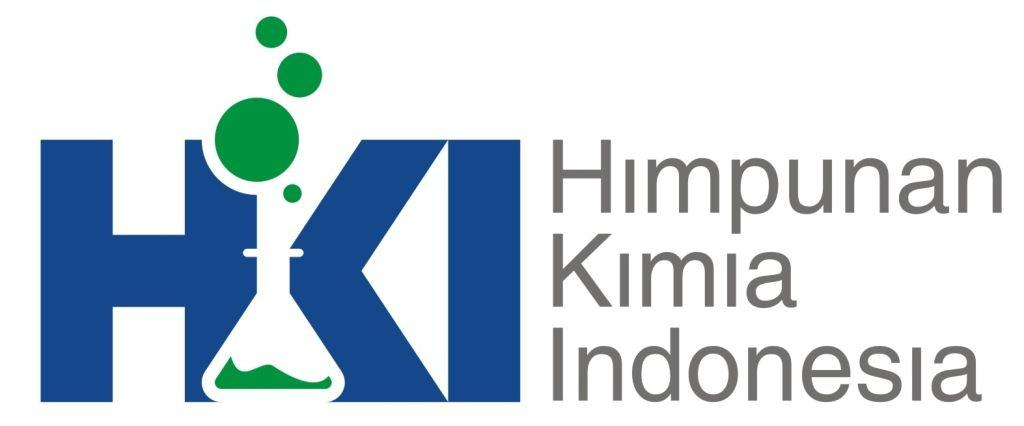Exploration The Candidates of Xenobiotic Degrading Indigenous Bacteria from Probolinggo City Landfill by Using Next Generation Sequencing (NGS)
Abstract
Keywords
References
Malla MA, Dubey A, Yadav S, Kumar A, Hashem A, Abd-Allah EF. Understanding and designing the strategies for the microbe-mediated remediation of environmental contaminants using omics approaches. Front Microbiol. 2018;9(JUN). doi:10.3389/fmicb.2018.01132
Singh A, Prasad SM, Singh RP, Eds. Plant responses to xenobiotics. In: Singapore: Springer; 2016:Vol 362.
Datta S, Singh S, Kumar V, et al. Endophytic Bacteria in Xenobiotic Degradation. Elsevier Inc.; 2019. doi:10.1016/B978-0-12-818734-0.00006-1
Tétard-Jones C, Edwards R. Potential roles for microbial endophytes in herbicide tolerance in plants. Pest Manag Sci. 2016;72(2):203-209.
doi:10.1002/ps.4147
Miglani R, Parveen N, Kumar A, et al. Degradation of Xenobiotic Pollutants: An Environmentally Sustainable Approach. Metabolites. 2022;12(9). doi:10.3390/metabo12090818
Tsauri S. Isolasi Mikroba Penghasil Antibiotika Dari Tanah Tempat Pengolahan Ayam Di Jalan Abu Bakar Lambogo, Kota Makassar. Universitas Islam Negeri Alauddin Makassar; 2012.
Komala O, Sugiharti D, Darda RI. Pengolahan Sampah Organik Menggunakan Mikroorganisme. Ekologia. 2012;12(2):1-8. https://journal.unpak.ac.id/index.php/ekologia/article/view/239/163
Lestari DA, Imam Muchlissin S, Mukaromah AH, Darmawati S, Ethica SN. Isolasi Bakteri Penghasil Enzim Protease Bacillus Amyloliquefaciens Irod2 Pada Oncom Merah Pasca Fermentasi 48 Jam. Semin Nas Edusainstek. Published online 2018:40-46.
Batubara UM, Susilawati IO, Riany H. Isolasi dan Karakterisasi Bakteri Indigenous Tanah di Kawasan Kampus Universitas Jambi. Pros Semirata 2015 Bid MIPA BKS-PTN Bara. Published online 2015:243-250.
Hidayat YP. Interpretasi Zona Pencemaran Air Lindi Di Sekitar Tempat Pembuangan Akhir (TPA) Pasir Bajing Daerah Sukaraja, Kecamatan Banyuresmi Kabupaten Garut Menggunakan Metode Geolistrik Konfigurasi Wenner Beta. UIN Sunan Gunung Djati Bandung; 2020.
Ristiati NP, Suryanti IAP, Indrawan IMY. Isolasi Dan Karakterisasi Bakteri Tanah Pada Tempat Pemrosesan Akhir Di Desa Bengkala Kabupaten Buleleng. J Mat Sains, dan Pembelajarannya. 2018;12(1):64-77.
Jain K, Bhunia H, Sudhakara Reddy M. Degradation of polypropylene–poly-L-lactide blend by bacteria isolated from compost.
Bioremediat J. 2018;22(3-4):73-90. doi:10.1080/10889868.2018.1516620
Vollmers J, Wiegand S, Kaster AK. Comparing and Evaluating Metagenome Assembly Tools from a Microbiologist’s Perspective - Not Only Size Matters! Vol 12.; 2017. doi:10.1371/journal.pone.0169662
Barone R, De Santi C, Esposito FP, et al. Marine metagenomics, a valuable tool for enzymes and bioactive compounds discovery. Front Mar Sci. 2014;1(SEP):1-6. doi:10.3389/fmars.2014.00038
Nuro F. Metagenomik: penelusuran makhluk tak kasat mata dalam tanah. Bio Trends. 2017;8(2):7-14. http://lipi.go.id/publikasi/metagenomik-penelusuran-makhluk-tak-kasat-mata-dalam-tanah/5334
Purwoko D, Cartealy IC, Tajuddin T, Dinarti D, Sudarsono S. Analisis Bioinformatika Berbasis Web Pada Sekuen Genom Parsial Sagu (Metroxylon sagu Rottb.). J Bioteknol Biosains Indones. 2018;5(1):98.
doi:10.29122/jbbi.v5i1.2878
Tasma IM. Pemanfaatan Teknologi Sekuensing Genom untuk Mempercepat Program Pemuliaan Tanaman Utilization of Genome Sequencing Technology to Accelerate Plant Breeding Program. J Litbang Pertan. 2015;34(2):159–168.
Kim J, Kim JG, Kang Y, et al. Quorum sensing and the LysR-type transcriptional activator ToxR regulate toxoflavin biosynthesis and transport in Burkholderia glumae. Mol Microbiol. 2004;54(4):921-934.
doi:10.1111/j.1365-2958.2004.04338.x
Vinje H, Liland KH, Almøy T, Snipen L. Comparing K-mer based methods for improved classification of 16S sequences. BMC Bioinformatics. 2015;16(1):1-13. doi:10.1186/s12859-015-0647-4
Akinsanya MA, Goh JK, Lim SP, Ting ASY. Metagenomics study of endophytic bacteria in Aloe vera using next-generation technology. Genomics Data. 2015;6:159-163. doi:https://doi.org/10.1016/j.gdata.2015.09.004
Wang R, Zhang H, Sun L, Qi G, Chen S, Zhao X. Microbial community composition is related to soil biological and chemical properties and bacterial wilt outbreak. Sci Rep. 2017;7(1):1-10.
doi:10.1038/s41598-017-00472-6
Wangka M, Wullur S, Angkouw D. E, Mamuaja M. J, Tumbol A. R, Ginting L. E. Analisis Komunitas Bakteri Pada Sedimen Dari Pulau Bangka Sulawesi Utara. J Ilm Platax. 2020;8(2):196-203.
Dong Y, Gao M, Qiu W, Song Z. Effect of microplastics and arsenic on nutrients and microorganisms in rice rhizosphere soil. Ecotoxicol Environ Saf. 2021;211:111899. doi:10.1016/j.ecoenv.2021.111899
Pratiwi WM, Asri MT. Isolasi dan Identifikasi Bakteri Indigenous Pendegradasi Pestisida Profenofos dan Klorantraniliprol di Jombang Jawa Timur. LenteraBio Berk Ilm Biol. 2022;11(2):300-309. doi:10.26740/lenterabio.v11n2.p300-309
Devi M, Prijambada ID, Widianto D. Isolasi Dan Identifikasi Bakteri Pendegradasi Asam Tanat, Serta Uji Kemampuannya Dalam Mendegradasi Plastik PET (Polyethylene Terephthalate). Universitas Gadjah Mada; 2021.
DOI: 10.15408/jkv.v9i2.34316
Refbacks
- There are currently no refbacks.
Copyright (c) 2023 evi susanti susanti

This work is licensed under a Creative Commons Attribution-ShareAlike 4.0 International License.

